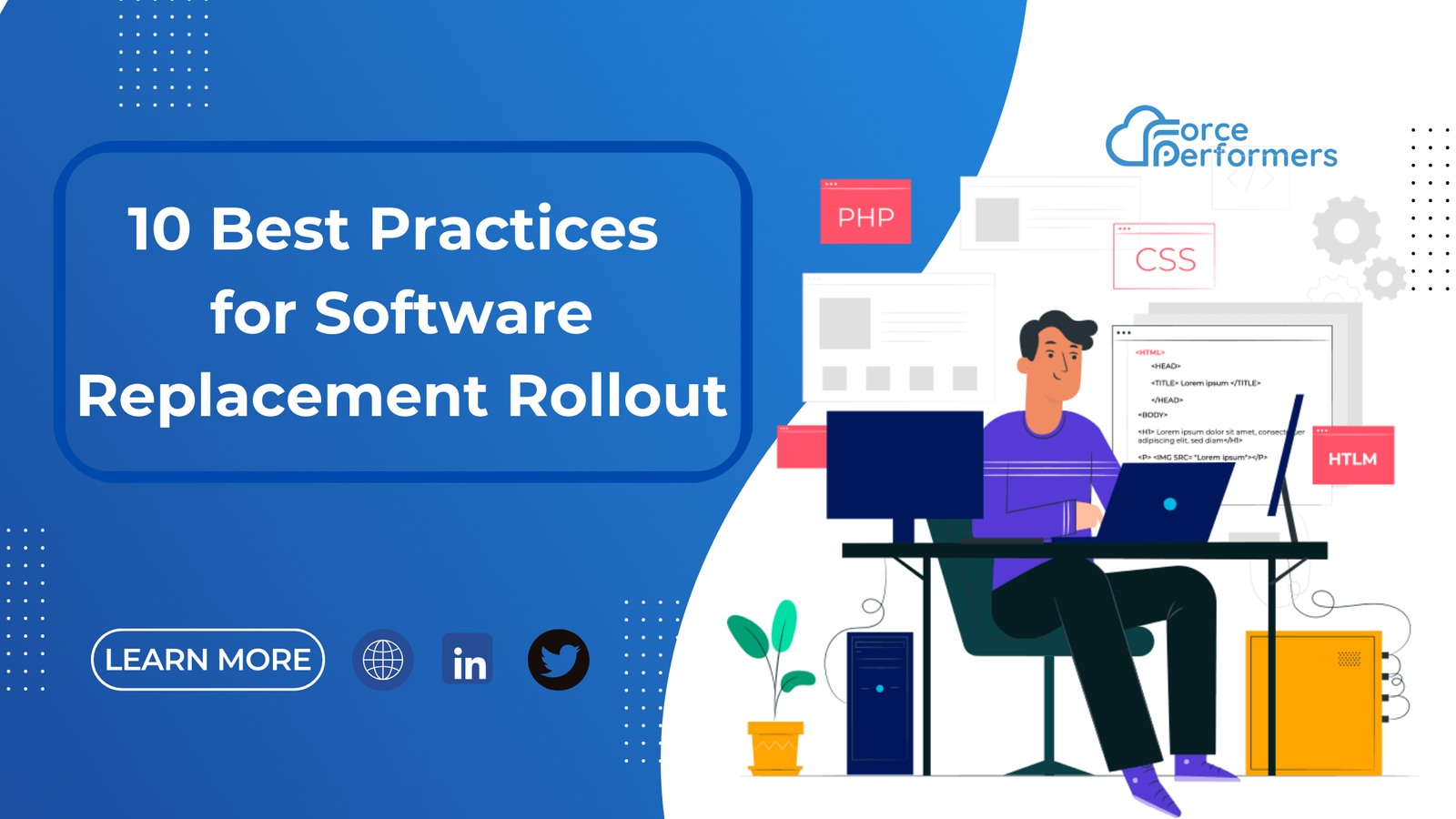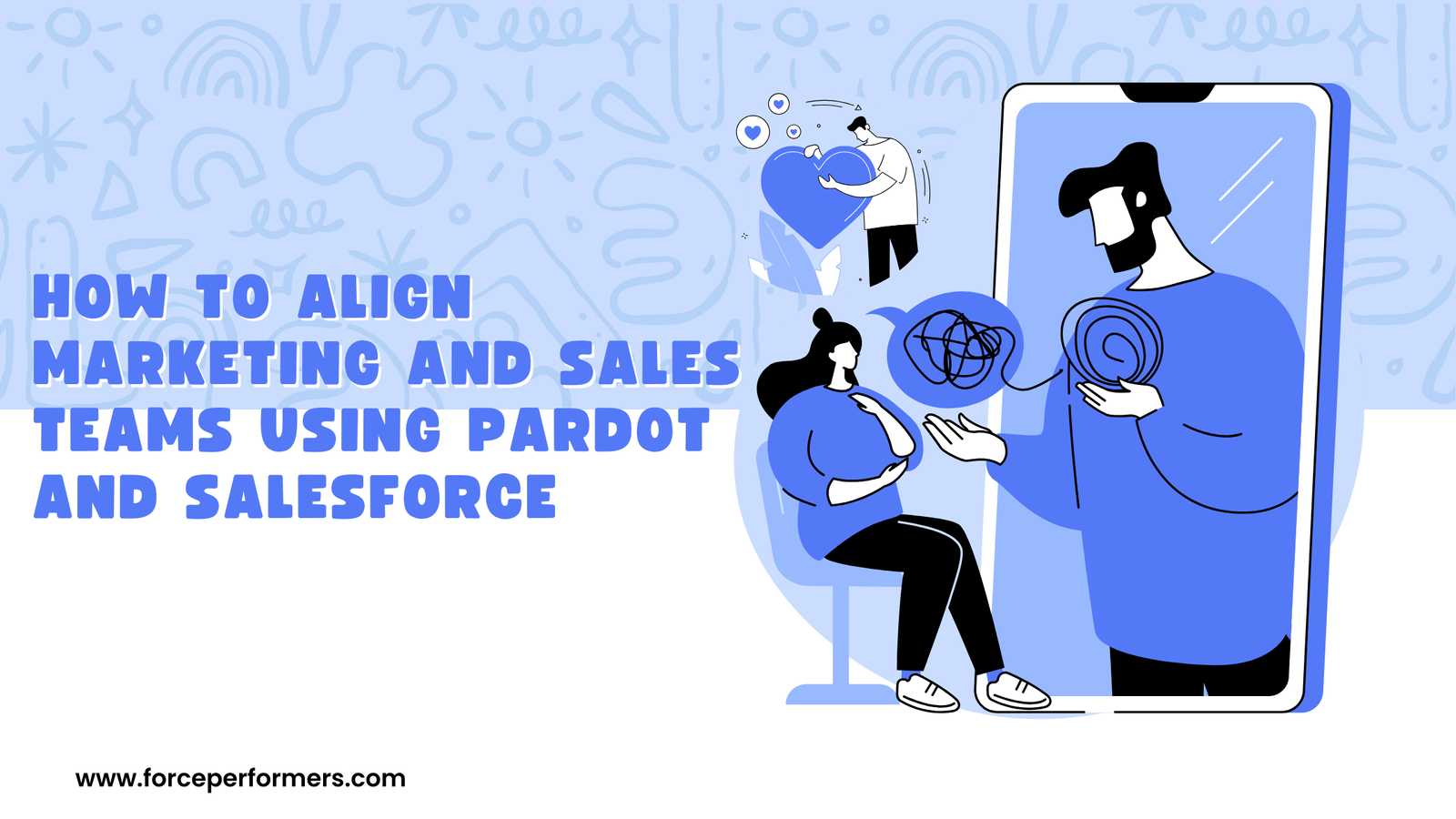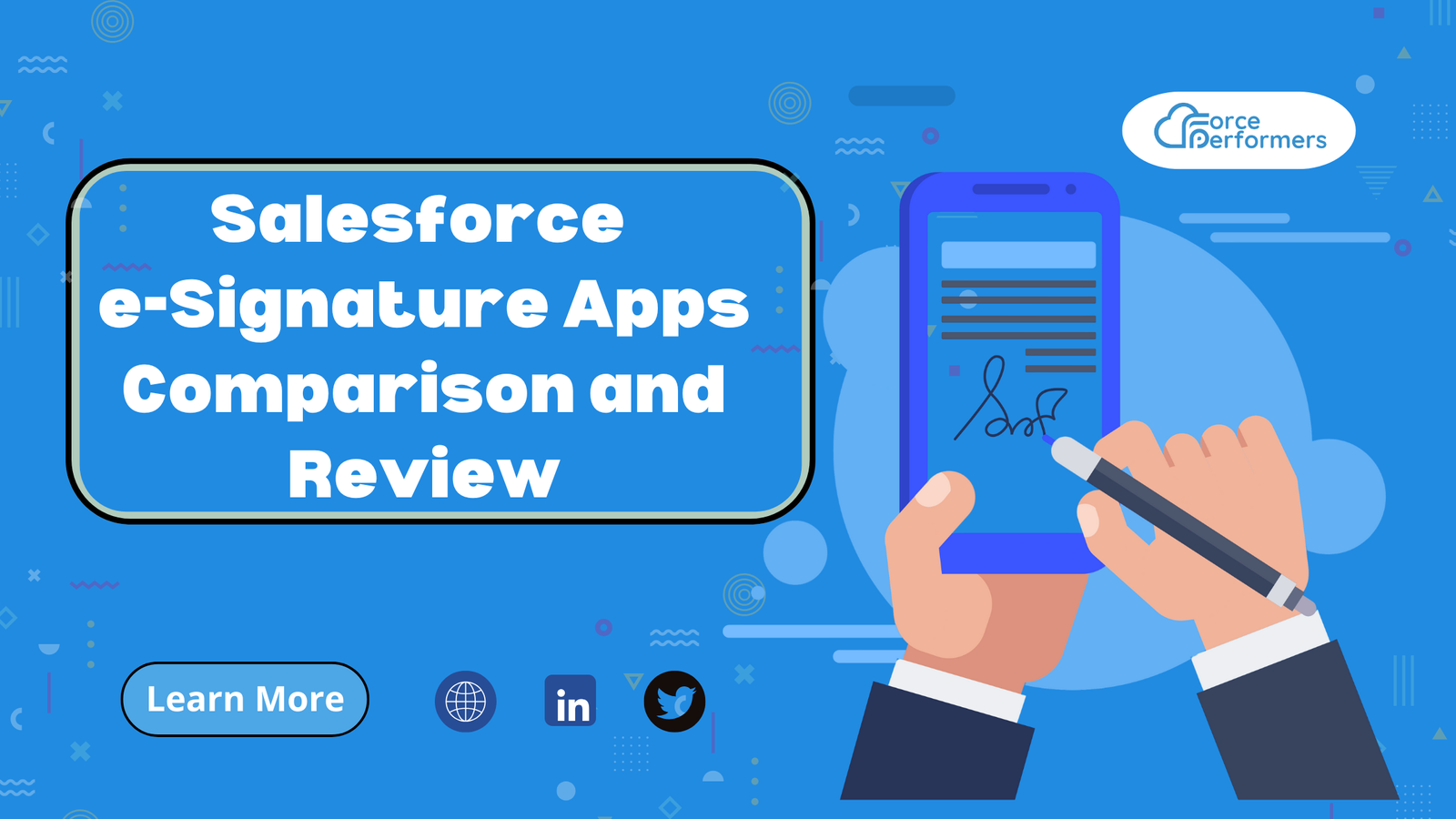10 Best Practices for Software Replacement Rollout: A Guide by Forceperformers
In the fast-evolving technology landscape, companies often face the critical decision of replacing legacy software with modern, more efficient solutions. Whether it’s upgrading your CRM, ERP, or any essential enterprise software, a software replacement rollout is a complex project requiring careful planning, execution, and user adoption strategies.
At Forceperformers, a leading Salesforce consulting partner, we have guided numerous businesses through successful software replacement rollouts. This blog outlines the 10 best practices to ensure your software replacement project is seamless, efficient, and drives measurable business value.
Why Software Replacement Rollouts Matter
Replacing outdated software brings several benefits:
- Improved performance and scalability
- Enhanced security and compliance
- Access to new features and integrations
- Increased user productivity
- Reduced maintenance costs
However, poor execution can lead to cost overruns, user resistance, and operational disruptions. That’s why following proven best practices is essential.

10 Best Practices for Software Replacement Rollout
1. Perform a comprehensive evaluation of requirements and identify any missing elements.
Before replacing software, understand your current environment’s limitations and future needs. Perform a gap analysis to compare existing capabilities with business goals. Involve stakeholders from various departments to collect feedback on pain points and desired features.
Tip: Document detailed requirements to guide vendor selection and project scope.
2. Choose the Right Replacement Software and Vendor
Select a software solution that aligns with your business processes and growth plans. Evaluate vendors not only on features but also on their support, integration capabilities, and industry reputation.
Forceperformers recommends consulting with trusted partners like Cloudity and Algoworks who specialize in Salesforce and enterprise app deployments to help identify the best fit.
3. Develop a Comprehensive Project Plan and Timeline
Develop a project roadmap that outlines specific milestones, deliverables, and deadlines to ensure a structured and organized approach to the project. Assign roles and responsibilities to team members, including IT, business units, and external consultants. Use agile project management techniques where possible for flexibility.
4. Prepare Your Data for Migration
Data is the lifeblood of any software system. Cleanse and standardize your data before migration to avoid quality issues. Define data migration strategies, including what data to archive, transform, or exclude.
5. Test Extensively Before Go-Live
Set up comprehensive testing environments that mirror production. Perform, combine, analyze, and evaluate the software components and the user experience. Encourage end-users to actively participate in UAT to uncover usability issues early.
6. Plan for Change Management and User Training
User resistance is a common hurdle. Implement a change management strategy that includes clear communication, training programs, and support resources. Provide hands-on workshops and documentation tailored to different user groups.
7. Deploy the Software in Phases or Pilot Groups
Rather than a big bang approach, consider phased rollouts or pilot deployments to smaller user groups. This approach helps identify issues with minimal impact and allows refinements before full-scale launch.
8. Monitor Performance and User Feedback Post-Deployment
After going live, continuously monitor system performance and user experience. Use feedback loops and analytics to detect bugs, bottlenecks, or adoption challenges. Address issues quickly to maintain user confidence.
9. Optimize and Enhance Continuously
Software replacement is not a one-time project. Establish a process for ongoing enhancements and optimizations based on user feedback and evolving business needs.
10. Document Lessons Learned and Best Practices
Capture insights and lessons learned throughout the project to improve future rollouts. Share best practices internally to build organizational knowledge.
Secondary and Synonym Keywords Used
- software migration best practices
- enterprise software replacement strategy
- software rollout project management
- legacy system replacement tips
- successful software deployment
- software transition plan
- change management in software rollout
- CRM software replacement best practices
How Forceperformers Can Help
At Forceperformers, we bring extensive experience in managing complex software replacement projects, especially in the Salesforce ecosystem. Our consultants partner with your team to:
- Analyze requirements and recommend suitable Salesforce or third-party solutions
- Plan and execute seamless data migration and integration
- Lead change management and user adoption initiatives
- Provide post-rollout support and optimization
We collaborate with top Salesforce technology providers like Vanshiv Technologies, Salesfive, and Peeklogic to ensure your software replacement aligns with best industry standards.
Top Salesforce Consulting Partners:
Explore trusted Salesforce consulting partners for additional support with your software rollout:
- Top Salesforce Consulting Partner Companies
- Top Salesforce Consulting Companies in Australia
- Top Salesforce Consulting Companies in the UK
- Top Salesforce Consulting Companies in Canada
- Top Salesforce Consulting Companies in Europe
- Top Salesforce Consulting Companies in UAE
Technology Partners:
For innovative software solutions and Salesforce integrations, check out these leading providers:
Conclusion
Software replacement rollout is a strategic initiative that can redefine your business operations and customer engagement. By following these 10 best practices, you minimize risks, maximize ROI, and empower your teams with modern tools.
Trust Forceperformers to guide your software replacement journey with proven methodologies, expert consulting, and partnerships with top technology vendors. Contact us today to accelerate your digital transformation.










